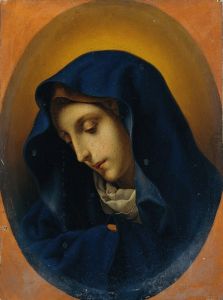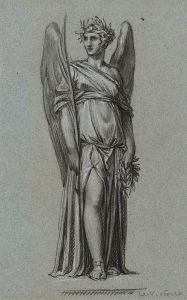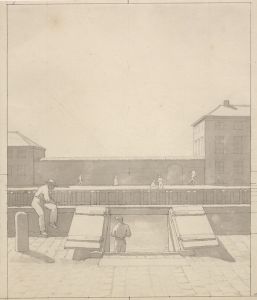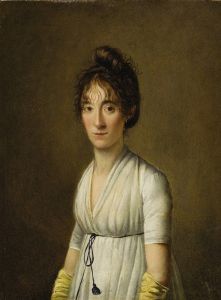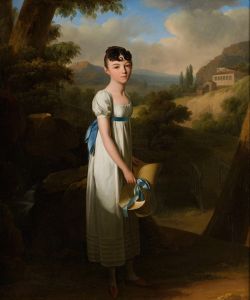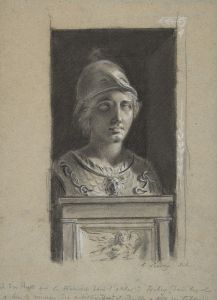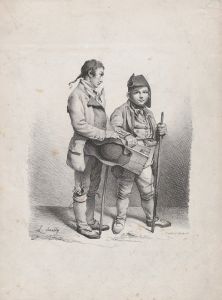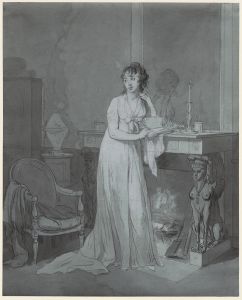
Portrait de femme en robe blanche
A hand-painted replica of Louis Léopold Boilly’s masterpiece Portrait de femme en robe blanche, meticulously crafted by professional artists to capture the true essence of the original. Each piece is created with museum-quality canvas and rare mineral pigments, carefully painted by experienced artists with delicate brushstrokes and rich, layered colors to perfectly recreate the texture of the original artwork. Unlike machine-printed reproductions, this hand-painted version brings the painting to life, infused with the artist’s emotions and skill in every stroke. Whether for personal collection or home decoration, it instantly elevates the artistic atmosphere of any space.
Louis Léopold Boilly's Portrait de femme en robe blanche is a painting by the renowned French artist, celebrated for his detailed and intimate portraits as well as his depictions of Parisian life during the late 18th and early 19th centuries. Boilly (1761–1845) was a prolific painter whose career spanned the tumultuous periods of the French Revolution, the Napoleonic era, and the Bourbon Restoration. His works are noted for their technical precision, refined use of light, and ability to capture the subtleties of human expression.
This particular painting, Portrait de femme en robe blanche (translated as "Portrait of a Woman in a White Dress"), exemplifies Boilly's mastery of portraiture. The artwork features a seated woman dressed in a white gown, rendered with meticulous attention to detail. The white dress, a central element of the composition, is depicted with delicate folds and textures, showcasing Boilly's skill in portraying fabric and light. The subject's serene expression and direct gaze convey a sense of individuality and introspection, hallmarks of Boilly's portrait style.
The painting reflects the neoclassical aesthetic popular during Boilly's time, characterized by simplicity, elegance, and a focus on the sitter's personality. Boilly's portraits often avoided overtly dramatic or idealized elements, instead emphasizing realism and the unique traits of his subjects. This approach aligned with the cultural and artistic shifts of the late 18th century, which sought to move away from the excesses of the Rococo period.
While the identity of the woman depicted in Portrait de femme en robe blanche is not definitively known, the painting is representative of Boilly's broader body of work, which frequently featured members of the French bourgeoisie. His portraits often served as personal commissions, intended to commemorate the sitter or celebrate familial and social connections.
Boilly's career was marked by his ability to adapt to changing political and cultural climates. Despite the upheavals of the French Revolution and subsequent regimes, he maintained a steady output of work, earning recognition and accolades. In 1833, he was awarded the Legion of Honor for his contributions to French art.
Today, Portrait de femme en robe blanche is appreciated as an example of Boilly's technical expertise and his ability to capture the essence of his subjects. The painting is housed in a private collection or museum, though specific details about its current location and provenance may vary. Boilly's works, including this portrait, continue to be studied and admired for their historical and artistic significance.





